Technological Advancements
Technological advancements in fire suppression systems are reshaping the Fire Suppression Equipment Market. Innovations such as smart fire detection systems, automated suppression technologies, and environmentally friendly agents are gaining traction. These advancements not only enhance the effectiveness of fire suppression but also improve response times and reduce environmental impact. The integration of IoT and AI in fire safety solutions is becoming increasingly prevalent, allowing for real-time monitoring and predictive analytics. As organizations seek to adopt cutting-edge technologies to enhance safety protocols, the Fire Suppression Equipment Market is poised for growth. The demand for sophisticated fire suppression systems that leverage these technologies is likely to increase, reflecting a shift towards more proactive fire safety measures.
Increasing Industrialization
The ongoing trend of industrialization across various sectors appears to be a primary driver for the Fire Suppression Equipment Market. As industries expand, the need for effective fire safety measures becomes paramount. Manufacturing facilities, warehouses, and processing plants are increasingly adopting advanced fire suppression systems to mitigate risks associated with flammable materials and equipment. According to recent data, the industrial sector accounts for a substantial share of fire incidents, prompting investments in fire suppression technologies. This trend is likely to continue, as businesses recognize the importance of safeguarding their assets and ensuring employee safety. Consequently, the Fire Suppression Equipment Market is expected to witness robust growth, driven by the demand for innovative solutions tailored to industrial applications.
Rising Awareness of Fire Safety
The rising awareness of fire safety among businesses and consumers is a crucial driver for the Fire Suppression Equipment Market. Educational campaigns and regulatory initiatives have heightened the understanding of fire risks and the importance of effective fire suppression systems. This increased awareness is leading to greater investments in fire safety equipment across various sectors, including residential, commercial, and industrial. Data suggests that organizations are more willing to allocate budgets for fire suppression solutions, recognizing their role in protecting lives and property. As awareness continues to grow, the Fire Suppression Equipment Market is expected to expand, driven by the demand for comprehensive fire safety solutions that meet evolving standards.
Regulatory Standards and Compliance
Regulatory standards and compliance requirements are pivotal in shaping the Fire Suppression Equipment Market. Governments and regulatory bodies are implementing stringent fire safety regulations to protect public safety and property. These regulations often mandate the installation of specific fire suppression systems in commercial and industrial settings. As a result, businesses are compelled to invest in compliant fire suppression equipment to avoid penalties and ensure safety. The increasing complexity of these regulations may drive demand for specialized fire suppression solutions that meet specific industry standards. Consequently, the Fire Suppression Equipment Market is likely to experience growth as organizations strive to comply with evolving regulations and enhance their fire safety measures.
Urbanization and Infrastructure Development
Rapid urbanization and infrastructure development are significantly influencing the Fire Suppression Equipment Market. As urban areas expand, the construction of high-rise buildings, commercial complexes, and residential projects necessitates the implementation of comprehensive fire safety systems. The increasing density of populations in urban centers raises the stakes for fire safety, leading to a heightened demand for effective fire suppression solutions. Recent statistics indicate that urban areas are more prone to fire hazards, thereby driving the need for advanced fire suppression technologies. This trend suggests that the Fire Suppression Equipment Market will continue to grow, as stakeholders prioritize fire safety in their development plans and regulatory compliance.


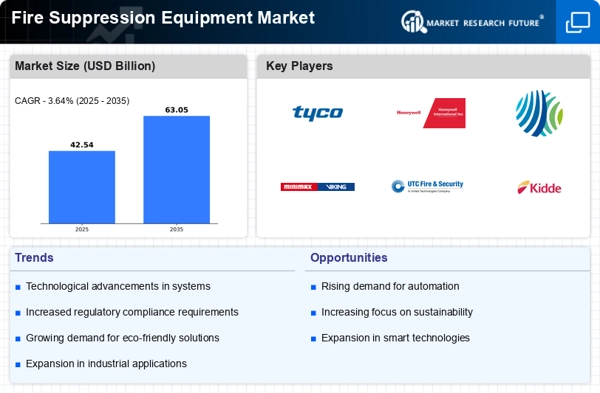
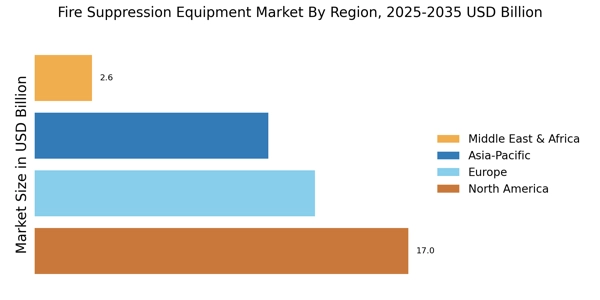
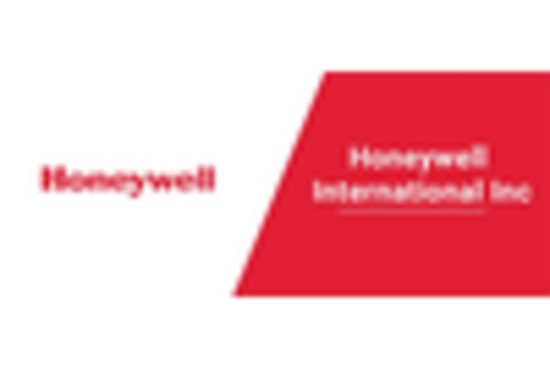

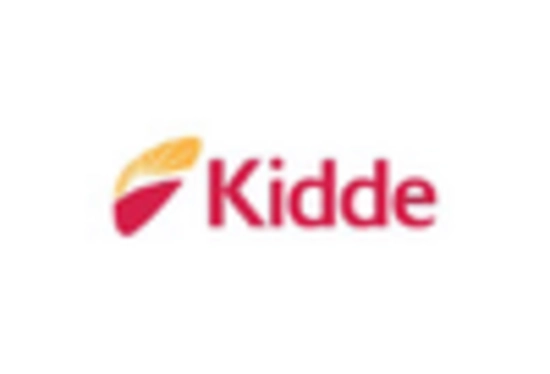
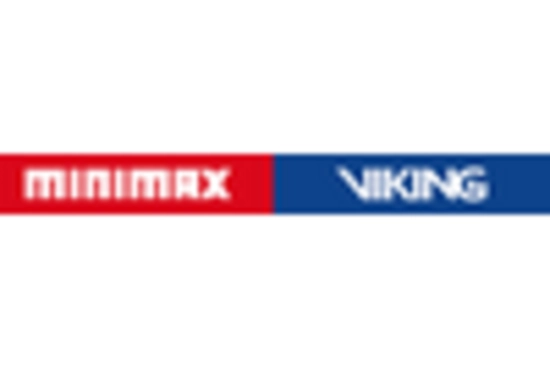
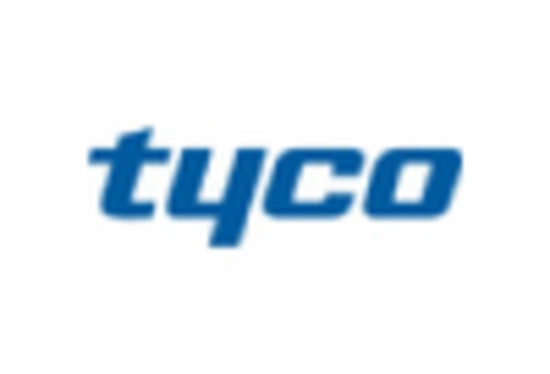
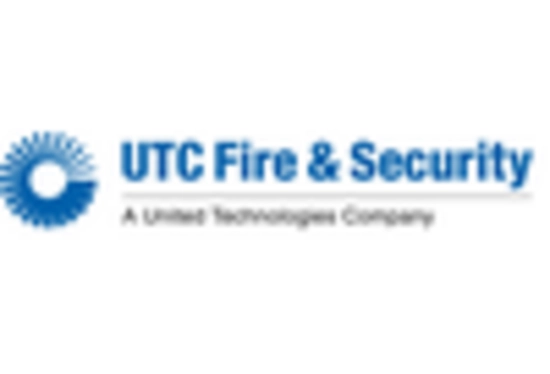








Leave a Comment